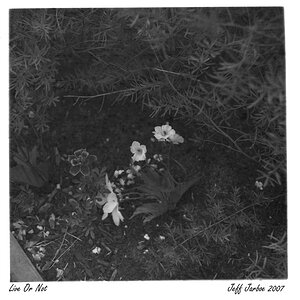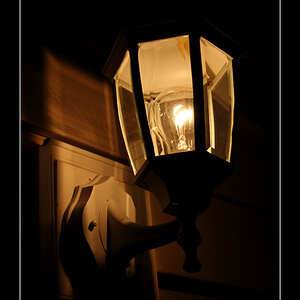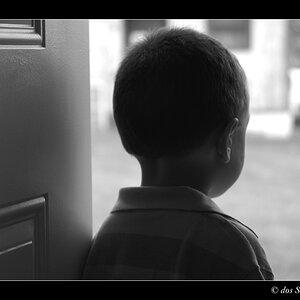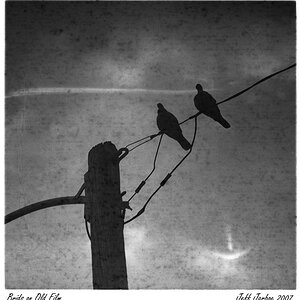- Joined
- Jun 9, 2013
- Messages
- 20,580
- Reaction score
- 12,709
- Website
- moderndinosaur.wordpress.com
- Can others edit my Photos
- Photos NOT OK to edit
EcoPro products? ECO PRO - Digitaltruth Photo
I'm looking to start developing at home. No color. I'm first interested in starting with paper negatives (I'm building a pinhole camera) and then probably B&W. I really don't want to deal with all the issue with disposing of photo chemicals that can't go into a septic system so I'm looking at alternative processing. Yes, I'm aware of Caffenol and intend to try that as well, but I'm just looking into all options.
I'm looking to start developing at home. No color. I'm first interested in starting with paper negatives (I'm building a pinhole camera) and then probably B&W. I really don't want to deal with all the issue with disposing of photo chemicals that can't go into a septic system so I'm looking at alternative processing. Yes, I'm aware of Caffenol and intend to try that as well, but I'm just looking into all options.






![[No title]](/data/xfmg/thumbnail/30/30876-d35f95603398bf3423b26c68d344f018.jpg?1619734492)
![[No title]](/data/xfmg/thumbnail/34/34694-c8f837b622c45caaa51c5507b8835376.jpg?1619736605)



